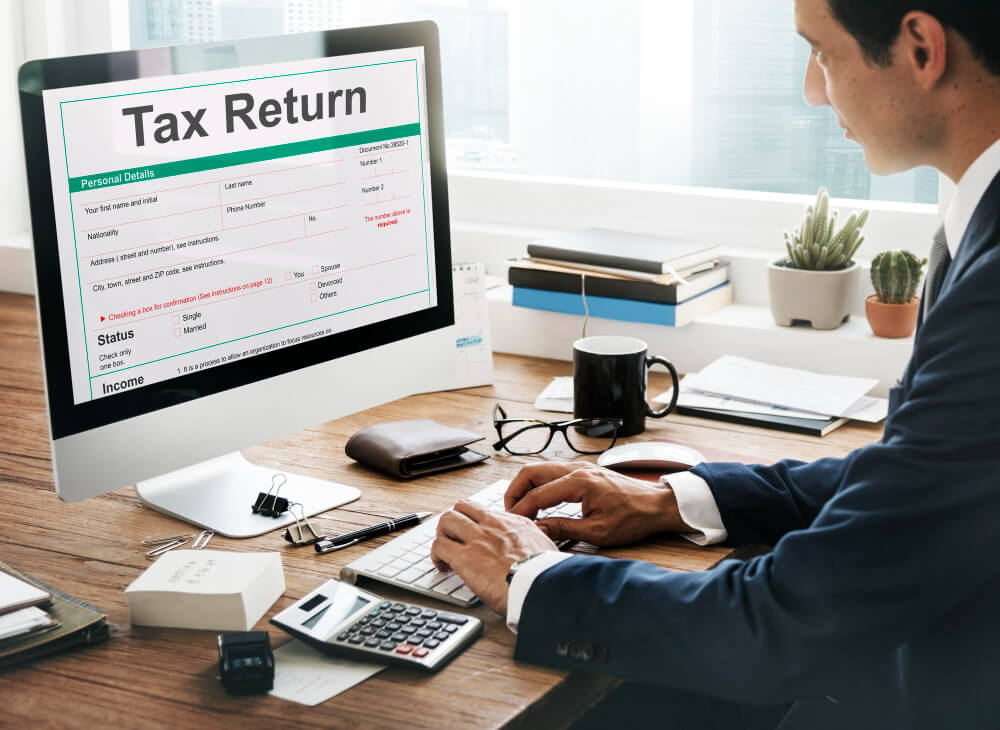Correcting VAT Return Errors: How to Amend and Resubmit a VAT Return That Contains Mistakes
Making mistakes on VAT returns is common, but correcting errors as soon as they are discovered is crucial for avoiding penalties. This guide explains how to spot and fix VAT return errors through amendments and resubmission per HMRC guidelines.
Table of Contents
Reviewing VAT Returns for Potential Errors
Before filing your VAT returns, have proper review processes in place to detect any errors and omissions. Look out for:
- Calculation errors – Cross-verify totals against original invoices and financial records. Reconcile calculations rigorously.
- Incorrect or missing information – Check all key fields like VAT registration numbers, rates applied and outputs/inputs to spot data entry mistakes.
- Reporting period errors – Are transactions recorded in the correct tax period? Confirm date ranges match.
- Classification mistakes – Ensure VAT codes used for sales, purchases and expenses align with HMRC’s guidance.
- Eligibility errors – Verify VAT refund and reclaim eligibility for large purchases or expenses.
- Bank statement mismatches – Cross-check bank statement transactions against VAT returns.
Thoroughly reviewing VAT returns before submission can prevent many errors from occurring in the first place. Use accounting software or get professional help if needed.
Determining If an Error Requires Correction
Not all VAT return errors may warrant corrections. Here are some indicators an error is significant enough for amendment:
- Incorrect VAT calculations – Any computational mistakes that alter your VAT liability should be corrected.
- Major reporting errors – Information for entire sections missed or filed incorrectly needs correction.
- Breach of reporting standards – Not using required digital/electronic formats for submission if mandated.
- Late filing – Filing VAT returns beyond the deadline requires you to notify HMRC.
- Under/over-payment – Incorrect VAT payments need adjustment through amendment.
- Major accounting changes – Retrospective changes that significantly impact previously filed returns may need revisions.
Even small errors can be corrected to reflect the most accurate accounting. Consult HMRC guidelines and an accountant when in doubt about the need for correction.
How to Correct VAT Return Errors
HMRC provides specific processes to correct filed VAT returns containing errors:
- Record Correction Request
For minor corrections, submit a VAT652 form detailing the desired changes. This is suitable for small adjustments like:
- Incorrect bank details for refunds
- Wrong reporting period corrections
- Amending contact details
- Voluntary Disclosure
For significant reporting errors, submit a Voluntary Disclosure report to HMRC detailing:
- Original error and factual background
- Action taken and tax impact
- Correction methodology
This allows for substantial corrections without penalties if submitted timely and comprehensive. It is completed online via HMRC’s system.
- Amended VAT Return
For VAT calculation errors, submit an amended return after selecting the “This is an amended return” option. Ensure all details match the original other than the corrected figures.
You can file an amendment digitally before your next VAT return or through the VAT652 form. Retain original records and calculations used to derive corrected amounts.
- Notification of Late Submission
If you missed filing your VAT return by the deadline, notify HMRC immediately and pay any interest due on late payments. Submit the late return at the earliest opportunity.
- Appeal HMRC Penalties
If HMRC imposes a penalty on your business based on VAT return errors, you can appeal with documented grounds for waiver of fines based on reasonable cause and good faith.
Maintaining Proper Records
When making corrections, retain the original erroneous VAT return records for audit trail purposes. Keep justifications for changes handy, including:
- Original invoices, bills and financial records
- Revised calculations and accounting worksheets
- Correspondence with HMRC and tax advisors
- Notes explaining the background and nature of errors
Proper documentation provides credibility and transparency in case of any future audits. Never make VAT corrections casually without paper trails.
Avoiding Future Errors and Reviews
Beyond correcting immediate errors, businesses must implement systemic changes to prevent recurrence, such as:
- Improved return review processes before filing, such as additional verification by senior team members.
- Using accounting software with more rigorous error-checking capabilities.
- Getting tax advisory assistance for complex VAT accounting.
- Training staff to minimize data entry, classification and reporting errors.
- Enabling automated VAT return submission to avoid manual process mistakes.
- Maintaining up-to-date records of transactions and VAT calculations.
Correcting one-off mistakes is inadequate without addressing underlying lapses in controls and procedures. An effective VAT governance framework is essential.
Best Practices for Error Correction
Follow these guidelines when making VAT corrections:
- Act swiftly upon discovering significant errors to avoid penalties.
- Maintain transparency with detailed voluntary disclosures to HMRC when needed.
- Keep meticulous records of original returns, amendments, calculations, and communications.
- Check HMRC’s specific correction process requirements for your situation.
- Get professional advice on corrections for large underpayments or frequent errors.
- Make amendments comprehensively – don’t piecemeal multiple corrections for the same issue.
- Notify all relevant internal teams when correcting returns to prevent inconsistencies.
- Leverage technology and tools to minimize manual errors moving forward.
With robust processes for error identification, transparent correction and systemic improvements, businesses can become more VAT compliant, save penalties and prevent recurring issues.
Common Questions Around Correcting VAT Return Errors
Many business owners have some frequent queries around the VAT correction process and implications. Here are answers to some key questions:
How long do I have to correct a VAT return error?
You can amend errors up to 4 years after the initial return period in most cases. For late registration, the window is 6 months. Submit promptly once discovered.
When do I need to inform HMRC directly about corrections?
Inform HMRC if corrections cross calendar quarters or tax years, involve voluntary disclosures or exceed £10,000. Get advice on reporting obligations.
Can I get fined for correcting VAT return errors?
HMRC typically does not impose penalties for honest mistakes rectified voluntarily in a timely manner with proper disclosure and cooperation.
What supporting documents should I retain?
Keep original returns, amended submissions, worksheets with error details, internal communication, HMRC correspondence and advisor guidance for audit support.
What is the penalty amount for VAT return errors?
Penalties vary based on degree of errors. Fines range from 0% for innocent errors to up to 100% of underpaid tax for deliberate non-compliance or fraud.
By promptly identifying and correcting any VAT return errors, businesses can avoid penalties, preserve their compliance record and maintain accurate tax obligations. Utilize technology and tax expertise to minimize future errors. With robust VAT controls and timely correction processes, businesses can confidently stay on top of VAT compliance.







